Photo Gallery
Across the South, a new variety of slavery emerged after the Civil War. Laws were rewritten to criminalize African-American life. The judicial system was retooled to provide cheap forced labor to mines, farms, timber camps, turpentine makers, railroad builders and entrepreneurs large and small. Tens of thousands of men, the vast majority of them black, found themselves pulled back into slavery.
31 Photos
At the dawn of the 20th century, American mythology said a New South was emerging from the destruction of the Civil War, industrial and modern. But the South remained overwhelmingly dependent on its ability to coerce African-Americans to work under slave conditions for white owned farms and businesses.
6 Photos


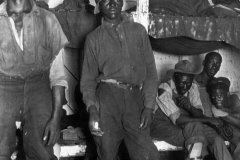
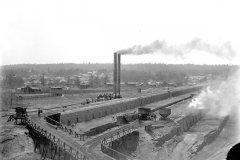
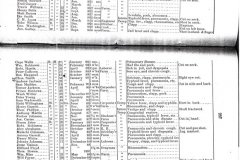
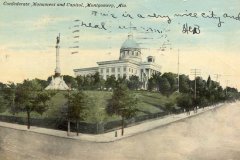

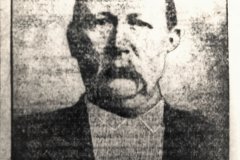
Share this page